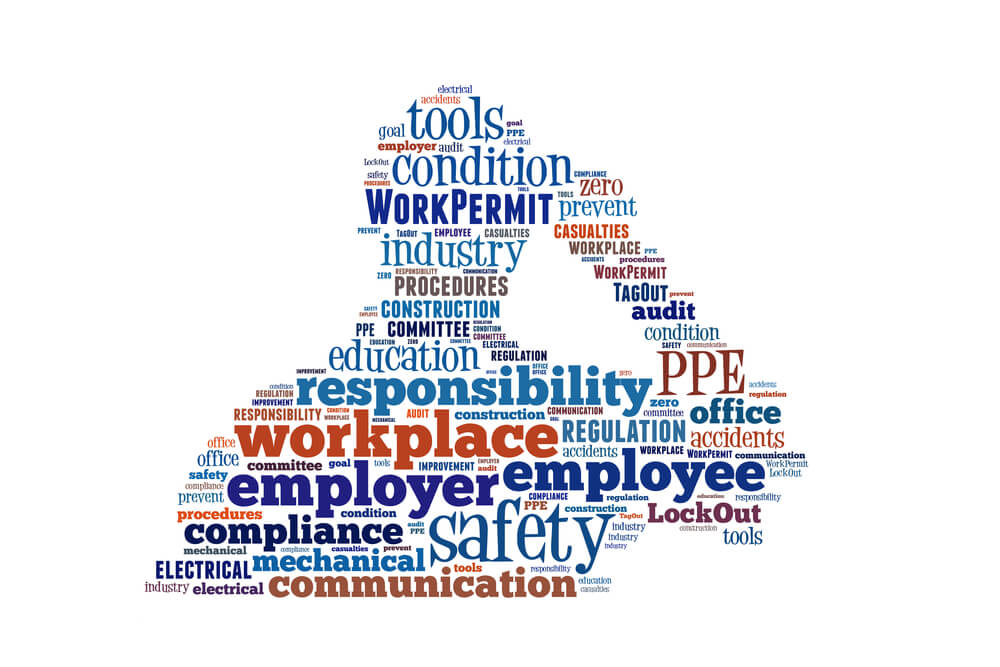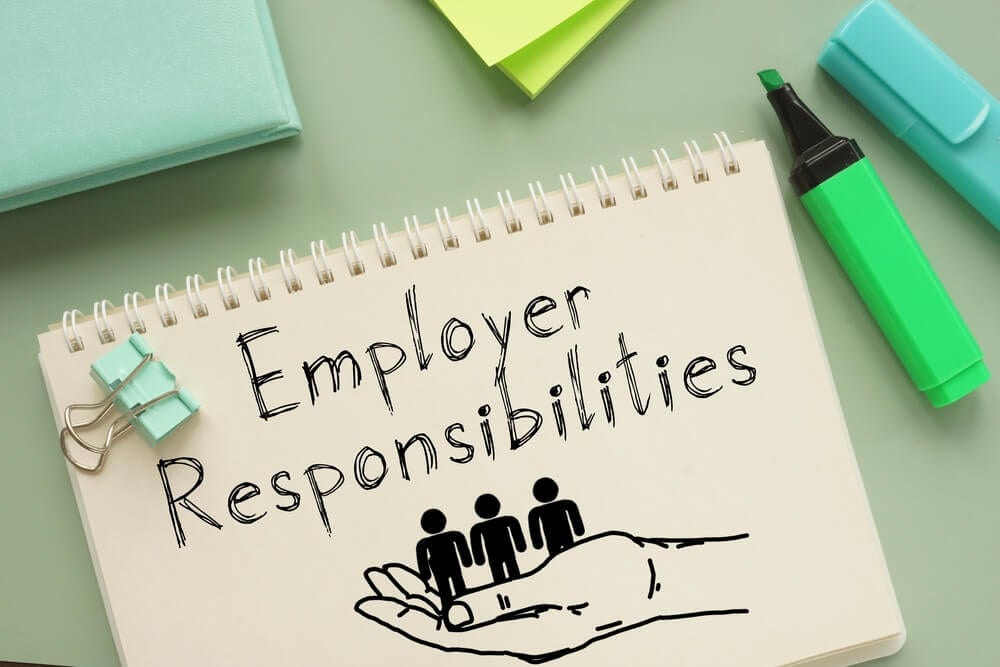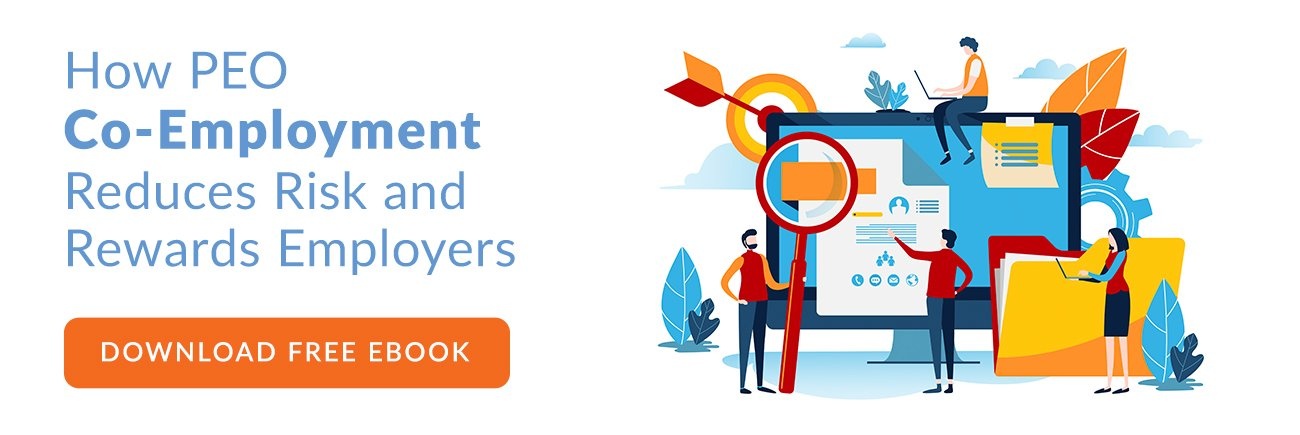Co-employment agreements with professional employer organizations (PEOs) are gaining in popularity. This is in no small part because co-employment arrangements with PEOs lead to an average ROI of 27.2%
In a co-employment relationship, the employer shares employment responsibilities with the PEO. If you’re thinking about moving forward with a co-employment relationship, it’s important to understand which responsibilities are handed off to the PEO and which ones are retained by the original employer.
Who is the Employer of Record?
In a PEO partnership, the PEO is the employer of record. That means the PEO will take on tax filing responsibilities, including ensuring that the correct taxes are withheld and paid.
However, that does not mean that the PEO has anything to do with the day-to-day running of the business.
The PEO is the employer of record: it deals with the IRS, arranges employee benefits, and takes care of a great deal of the paperwork and legal concerns.
The PEO’s client – you - retains responsibility for the day-to-day running of the business and all other tasks related to business management.

Employer Responsibilities under Co-Employment
While the PEO will take over responsibility for many of the basic tasks associated with managing employees, including taking care of taxes and related paperwork, the employer will still take on the core responsibilities:
Managing Day-to-Day Operations
The employer in a PEO partnership will still be responsible for daily business operations and tasks. The employer will assign job duties and charges to employees, take care of management within the building, and ensure that operations continue to move smoothly.
Hiring and Termination Decisions
The employer will still have the right to decide who works for the company. While PEOs can help streamline the hiring process, the employer will select applicants with the right skills and fit for the business.
Employee Supervision
Supervising employees, assigning tasks, and providing feedback will still fall under the employer’s responsibilities. Employers will need to ensure that employees have the information necessary to do their jobs correctly and receive the support they need to move forward with those tasks.
Maintaining Workplace Safety
Workplace safety is often an on-site task. Employers may need to keep track of important safety gear and ensure they take care of replacement and upgrades promptly. Furthermore, employers must create comprehensive policies outlining safety procedures and expectations. These simple steps can go a long way toward maintaining safety in the workplace and ensuring that employees do not end up injured on the job.
While your PEO can help you draft safety plans and provide safety training, the ultimate makeup of your company’s safety program depends on your decisions.
Defining Company Culture
Ultimately, you are responislbe for defining and creating the company culture. You will lay out what is important to the organization, its values, and other key details that help establish your business as an unique brand.

PEO Responsibilities Under Co-Employment
The co-employment arrangement brings many benefits for the employer, as the PEO takes over many of the tasks that the employer does not want to perform.
Payroll Administration
The PEO ensures payroll goes out on time and the correct taxes are withheld from each employee’s paycheck.
Employment Tax Filing
The PEO will ensure that employee taxes are withheld correctly and submitted in a timely manner, avoiding costly fees for the employer.
Benefits Administration
One of the biggest benefits of using a PEO is the ability to offer more competitive benefits than many employers, especially small and medium businesses, can access on their own. The PEO will take care of overseeing those benefits, including ensuring that employees are aware of vital enrollment periods and that they understand the benefits available to them. This may include group health insurance, retirement plans, and more.
HR Administration
The PEO will be responsible for many basic tasks associated with managing employees, including onboarding, offboarding, and maintaining employee records.
HR Compliance
Working with a PEO helps employers align with all the critical compliance laws, including all federal, state, and local employment laws. That includes wage and hour regulations, anti-discrimination laws, workplace safety standards, etc.
Risk Management
A PEO can identify and mitigate risks, including worker’s comp and unemployment insurance claims. Risk management tasks can make it much easier to establish what standards your business needs to hold clearly.
Training and Development
The PEO may provide access to training resources or conduct training to enhance employee skills and performance. Working with a PEO can make it much easier to lay out employee training opportunities.
Fewer Employer Responsibilities Means Less Liability
A PEO can help reduce liability for your business and make it easier for you to keep up with the essential tasks of managing employees. By working with a PEO, you may find that you can spend more time on other business tasks, including the ones that generate income for your brand, and less time worrying about payroll, tax liability, and more.



